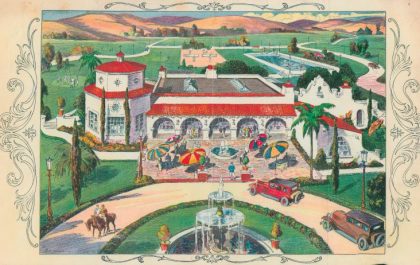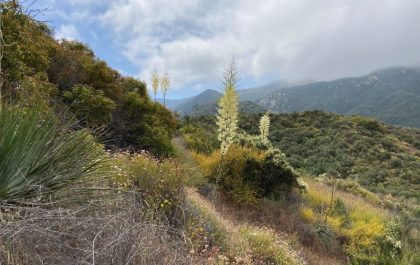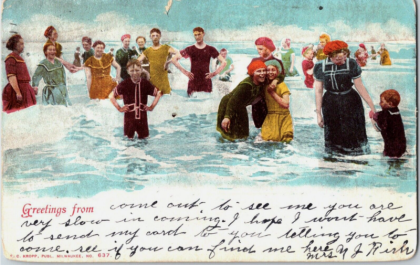The Malibu coast is getting its own weather zone. The change is part of a four-county National Weather Service zone revision. Southern California’s diverse topography creates what the NWS describes as “a complicated weather regime that is very challenging to portray, both in terms of general weather, marine, and fire weather forecasts as well as with short and long fuse weather hazards.”
The new map, set to go into effect in early 2022, adjusts zones created almost 30 years ago. “The current zone boundaries are too broad in many areas, resulting in hazards being in effect for areas that could never have such conditions (ie. a High Surf Advisory or Tsunami Warning for Downtown Los Angeles). For these reasons National Weather Service Los Angeles/Oxnard (LOX) embarked on a process to improve our zone boundaries,” the NWS announcement states.
All four counties in the LOX area will have some changes to their zone boundaries. While each county has some unique changes specific to them, one common change made to all of our counties was to split out a narrow portion of the coastal/beach zone to isolate the unique weather conditions and hazards more common to that environment.
In Los Angeles County, the Malibu coast has been split from Zone 41—the greater Los Angeles area—to form its own zone. “The Malibu Coast is the only portion of the original zone 41 that is routinely impacted by Santa Ana winds,” the announcement states. “In addition, that zone is entirely south facing, meaning it is more exposed to long periods of southerly swells that can pose beach hazards such as high surf, coastal flooding, and rip currents.
In Ventura County, a beach zone was created by splitting the Ventura County Coast zone (zone 40) into two sections, and the Santa Monica Mountain Recreation Area zone (zone 46) was extended to its natural border in south central Ventura County, placing the entire range in it’s own weather zone.
“At the time this zone was created about 30 years ago it was thought that zone boundaries couldn’t cross county lines,” the NSW explained. “This resulted in a significant section of the western Santa Monica Mountain Recreation Area being in the Ventura County Coastal Valley zone (zone 45) even though it was not a valley, and the weather conditions were obviously much more like the rest of the Santa Monica Mountain Recreation Area zone to the east. This change simply connects the two portions of the Santa Monica Mountains.”
The changes are intended to improve forecast accuracy by providing more logical, terrain-based zones that make it easier to address the unique weather issues residents of these areas face. For the Santa Monica Mountains and the Malibu Coast, those conditions include unusually severe fire hazards that make forecast accuracy an urgent necessity.












